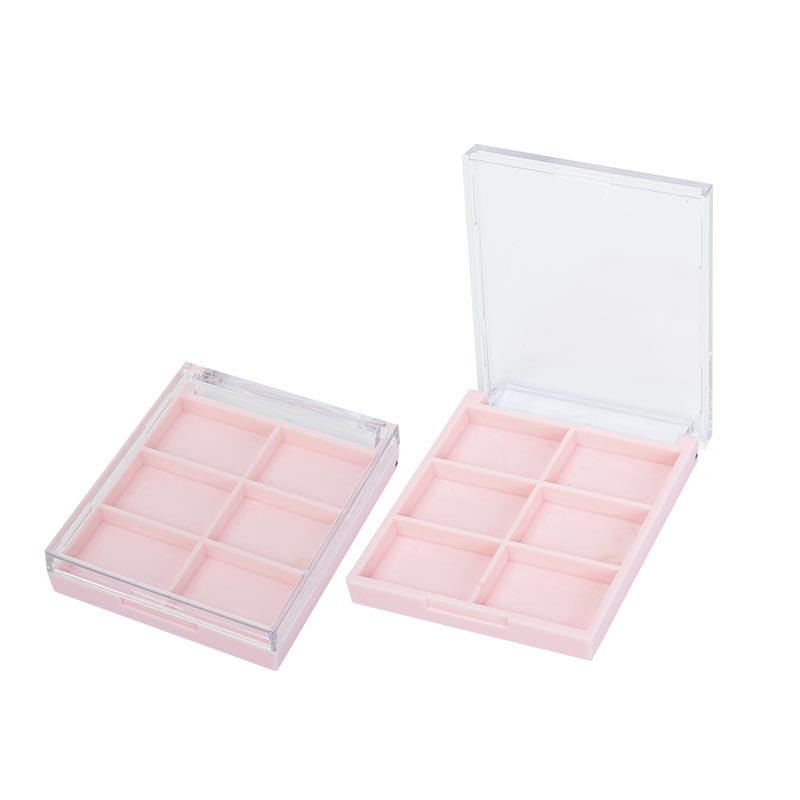
Cosmetic Packaging for Retail Shelf Display: Design, Functionality, and Consumer Appeal
Introduction
Cosmetic packaging plays a crucial role in the beauty industry, serving as the first point of interaction between a product and potential consumers. In a highly competitive retail environment, packaging must not only protect the product but also attract attention, communicate brand identity, and enhance the overall shopping experience. Effective cosmetic packaging for retail shelf display must balance aesthetics, functionality, sustainability, and consumer psychology to stand out in crowded beauty aisles.
This paper explores the key aspects of cosmetic packaging design for retail shelf display, including visual appeal, structural innovation, material selection, sustainability, and consumer engagement strategies.
---
1. The Importance of Cosmetic Packaging in Retail
1.1 First Impressions Matter
In retail settings, consumers often make purchasing decisions within seconds. Packaging is the first touchpoint that influences perception—whether a product appears luxurious, eco-friendly, or budget-friendly. High-quality packaging can elevate a brand’s perceived value and justify premium pricing.
1.2 Brand Identity and Differentiation
Packaging serves as a silent ambassador for a brand. Colors, typography, shapes, and finishes (matte, glossy, metallic) help distinguish a product from competitors. For example, minimalist designs may appeal to clean beauty enthusiasts, while bold, vibrant packaging may attract younger consumers.
1.3 Shelf Impact and Visibility
Retail shelves are crowded, so packaging must stand out. Unique shapes, eye-catching graphics, and strategic use of color can draw attention. Brands often use contrast (e.g., dark packaging with bright accents) or unconventional structures (e.g., hexagonal bottles) to enhance visibility.
---
2. Key Elements of Effective Cosmetic Packaging for Retail
2.1 Visual Design and Aesthetics
- Color Psychology: Different colors evoke emotions—pink conveys femininity, green suggests natural ingredients, and black implies luxury.
- Typography: Legible yet stylish fonts reinforce brand personality (elegant scripts for high-end products, bold sans-serifs for youthful brands).
- Imagery and Graphics: High-quality illustrations or photography can highlight product benefits (e.g., dewy skin for foundations).
2.2 Structural Design and Functionality
- Ergonomics: Packaging should be easy to hold, open, and dispense (e.g., pumps for lotions, droppers for serums).
- Innovative Shapes: Unconventional designs (e.g., geometric bottles, stackable compacts) enhance shelf presence.
- Secondary Packaging: Outer boxes or sleeves can add luxury and provide additional marketing space.
2.3 Material Selection
- Glass: Premium feel, recyclable, but heavy and fragile.
- Plastic: Lightweight and versatile, but environmental concerns drive demand for alternatives.
- Biodegradable & Recyclable Materials: Bamboo, sugarcane-based plastics, and PCR (post-consumer recycled) materials appeal to eco-conscious shoppers.
- Metals: Aluminum tubes or compacts offer durability and a high-end look.
2.4 Sustainability in Cosmetic Packaging
With growing environmental awareness, brands must adopt sustainable practices:
- Refillable Systems: Reduce waste by allowing consumers to reuse containers (e.g., compact cases with replaceable pans).
- Minimalist Packaging: Less plastic, smaller labels, and biodegradable inks lower environmental impact.
- Transparency: Clear labeling about recyclability or compostability builds trust.
---
3. Consumer Psychology and Packaging Influence
3.1 Emotional Connection
Packaging that evokes positive emotions (nostalgia, joy, or aspiration) can drive purchases. For example, vintage-inspired designs may appeal to consumers seeking nostalgia, while sleek, futuristic packaging may attract tech-savvy buyers.
3.2 Perceived Value
Luxury brands use heavy glass, metallic finishes, and magnetic closures to justify higher prices. Conversely, budget brands focus on simplicity and cost-efficiency.
3.3 Convenience and Usability
Consumers prefer packaging that is easy to use—travel-friendly sizes, leak-proof caps, and hygienic dispensers (e.g., airless pumps) enhance satisfaction.
---
4. Trends in Cosmetic Packaging for Retail
4.1 Personalization and Customization
- Engraving or Monogramming: Adds exclusivity (e.g., lipsticks with custom initials).
- Interactive Packaging: QR codes linking to tutorials or augmented reality experiences.
4.2 Smart Packaging
- Temperature-Sensitive Labels: Indicate when a product is at optimal use (e.g., color-changing caps for refrigerated skincare).
- Near-Field Communication (NFC) Tags: Allow consumers to access product details via smartphones.
4.3 Gender-Neutral and Inclusive Designs
More brands are moving away from traditionally gendered packaging (pink for women, dark tones for men) to appeal to a broader audience.
4.4 Multi-Functional Packaging
- 2-in-1 Designs: Compacts with mirrors, built-in applicators, or stackable palettes save space.
- Travel-Friendly Features: Mini sizes, spill-proof designs, and foldable brushes cater to on-the-go consumers.
---
5. Challenges in Cosmetic Packaging for Retail
5.1 Balancing Aesthetics and Functionality
While unique shapes attract attention, they may compromise usability (e.g., overly decorative caps that are hard to open).
5.2 Cost Constraints
Sustainable materials and innovative designs can increase production costs, affecting pricing strategies.
5.3 Regulatory Compliance
Packaging must meet safety standards (e.g., FDA-approved materials for cosmetics) and labeling requirements (ingredient lists, expiry dates).
5.4 Environmental Responsibility
Brands face pressure to reduce waste, but sustainable alternatives must still meet durability and aesthetic expectations.
---
6. Future of Cosmetic Packaging in Retail
6.1 AI and Data-Driven Design
Brands may use AI to analyze consumer preferences and optimize packaging designs for maximum appeal.
6.2 Zero-Waste Innovations
Water-soluble labels, edible packaging, and plant-based materials could become mainstream.
6.3 Virtual Try-On Integration
Augmented reality-enabled packaging may allow consumers to "test" products digitally before purchasing.
6.4 Hyper-Personalization
3D printing could enable bespoke packaging tailored to individual preferences.
---
Conclusion
Cosmetic packaging for retail shelf display is a dynamic field that blends creativity, technology, and consumer psychology. Successful packaging must captivate shoppers, communicate brand values, and meet functional needs while addressing sustainability concerns. As consumer expectations evolve, brands must innovate continuously—leveraging smart materials, interactive elements, and eco-friendly solutions—to stay competitive in the beauty market.
By prioritizing both aesthetics and functionality, cosmetic packaging can transform a simple product into a must-have item, driving sales and fostering brand loyalty in an increasingly crowded retail landscape.

Copyright © 2022 Jinhua Xingqiao Plastic Industry Co., Ltd
เว็บไซต์นี้ใช้คุกกี้เพื่อให้แน่ใจว่าคุณได้รับประสบการณ์ที่ดีที่สุดบนเว็บไซต์ของเรา
ความคิดเห็น
(0)